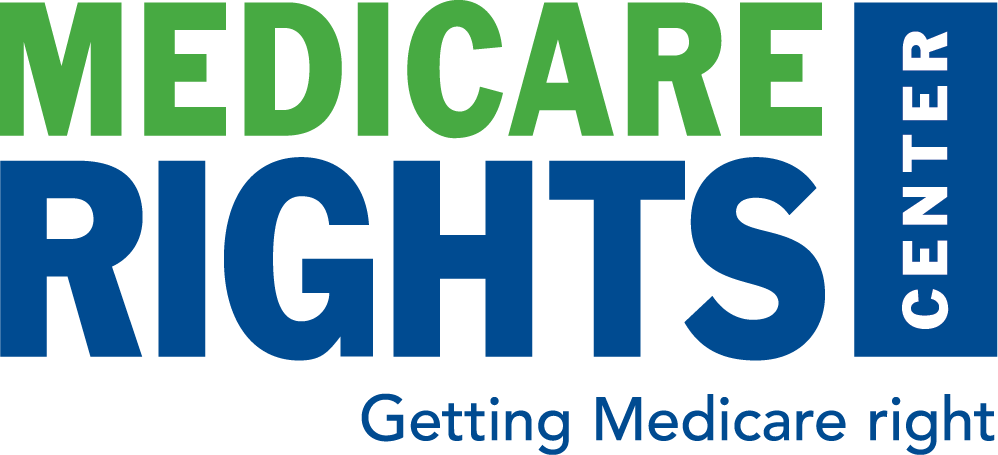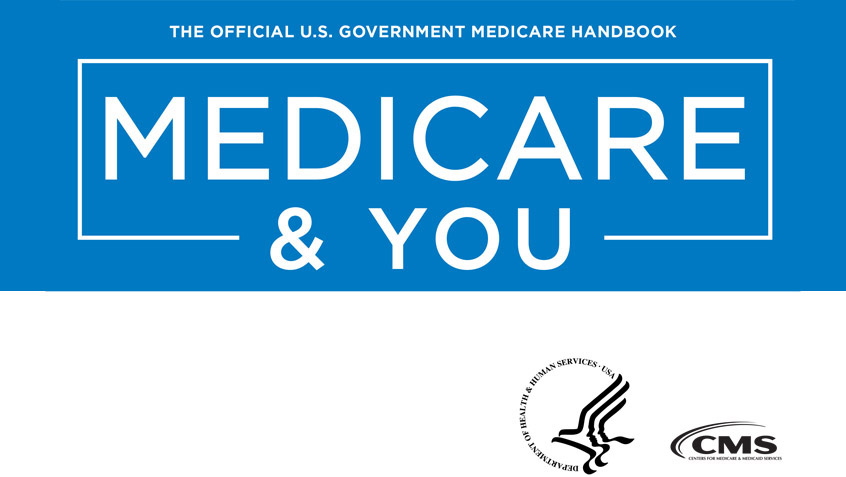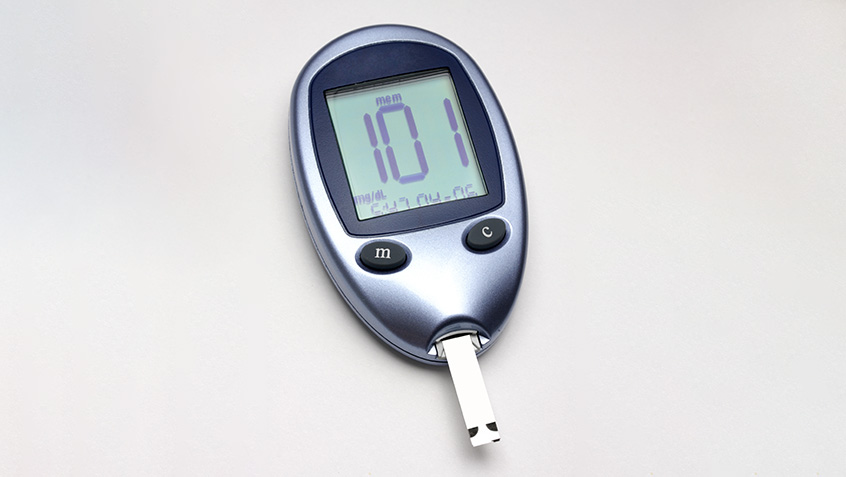A recent Kaiser Family Foundation report highlights the dramatic increase in Medicare spending on insulin products from 2007 to 2017. When taking into account payments made by plans, beneficiaries, and the federal government, spending increased by 840% from $1.4 to $13.3 billion.
Although there are an increasing number of Part D enrollees and an increase in the percentage of enrollees who have diabetes—with one third (33%) of people with Medicare diagnosed with diabetes in 2016, up from 18% in 2000—these trends do not account for the steep growth in overall spending. Indeed, the study notes that the average total Medicare Part D spending per user on insulin products increased by 358% between 2007 and 2016 (from $862 to $3,949).









